Fixed Rate or Variable Rate… What’s the diff?
When embarking on the journey of homeownership, one of the crucial decisions you'll face is choosing the right mortgage type. The two primary options are fixed-rate mortgages and variable-rate mortgages, each offering distinct advantages and considerations. In this blog post, we'll explore the key differences between these two mortgage types to help you make an informed decision that aligns with your financial goals.
Fixed-Rate Mortgage: Stability in Certainty
Imagine a mortgage where your monthly payments remain steady throughout the entire term, providing you with financial predictability and peace of mind. Welcome to the world of fixed-rate mortgages.
Consistent Interest Rates:
With a fixed-rate mortgage, the interest rate remains unchanged for the duration of the agreed-upon term. Whether it's a 3 year, 5 year or 10 year term, your interest rate is "locked in”, shielding you from the unpredictability of market fluctuations.
Budgeting Bliss:
Knowing exactly how much you need to allocate for your mortgage payments makes budgeting a breeze. This stability is particularly appealing for homeowners who prefer a clear and unchanging financial commitment.
Protection Against Rising Rates:
In an environment where interest rates are on the rise, fixed-rate mortgages shield borrowers from the impact, ensuring their payments stay the same.
Variable-Rate Mortgage: Riding the Waves of Market Changes
For those who are open to a bit of financial ebb and flow, the variable-rate mortgage offers an exciting alternative.
Interest Rate Fluctuations:
Unlike fixed-rate mortgages, variable-rate mortgages are subject to changes in interest rates. The interest rate is typically tied to a benchmark rate, and as this rate fluctuates, so does your mortgage rate.
Potential for Savings:
In times of declining interest rates, borrowers with variable-rate mortgages may experience lower monthly payments, resulting in potential cost savings compared to their fixed-rate counterparts.
Risk and Reward:
Embracing a variable-rate mortgage involves a level of risk. While there's the potential for savings in a low-interest-rate environment, the opposite is true when rates are on the rise. Borrowers need to be comfortable with the possibility of fluctuating payments.
Considerations and Conclusion:
Choosing between a fixed-rate and variable-rate mortgage requires careful consideration of your financial situation, risk tolerance, and market conditions.
Market Conditions Matter:
Stay informed about economic conditions and interest rate forecasts. If rates are expected to remain stable or decrease, a variable-rate mortgage might be enticing. Conversely, in a rising rate environment, the stability of a fixed-rate mortgage could be more appealing.
Know Your Risk Tolerance:
Assess your comfort level with financial uncertainty. If the idea of fluctuating payments keeps you up at night, a fixed-rate mortgage might provide the peace of mind you seek.
Seek Professional Advice:
Mortgage terms and conditions can vary between lenders. Send me a message or give me a call to explore the offerings from different financial institutions, ensuring you make an informed decision aligned with your unique needs.
To close off, the choice between a fixed-rate and variable-rate mortgage is a personal one, influenced by various factors. Take the time to weigh the pros and cons, consider your financial goals, and choose the mortgage type that best suits your homeownership journey.
Ciao 4 now, Geo.
